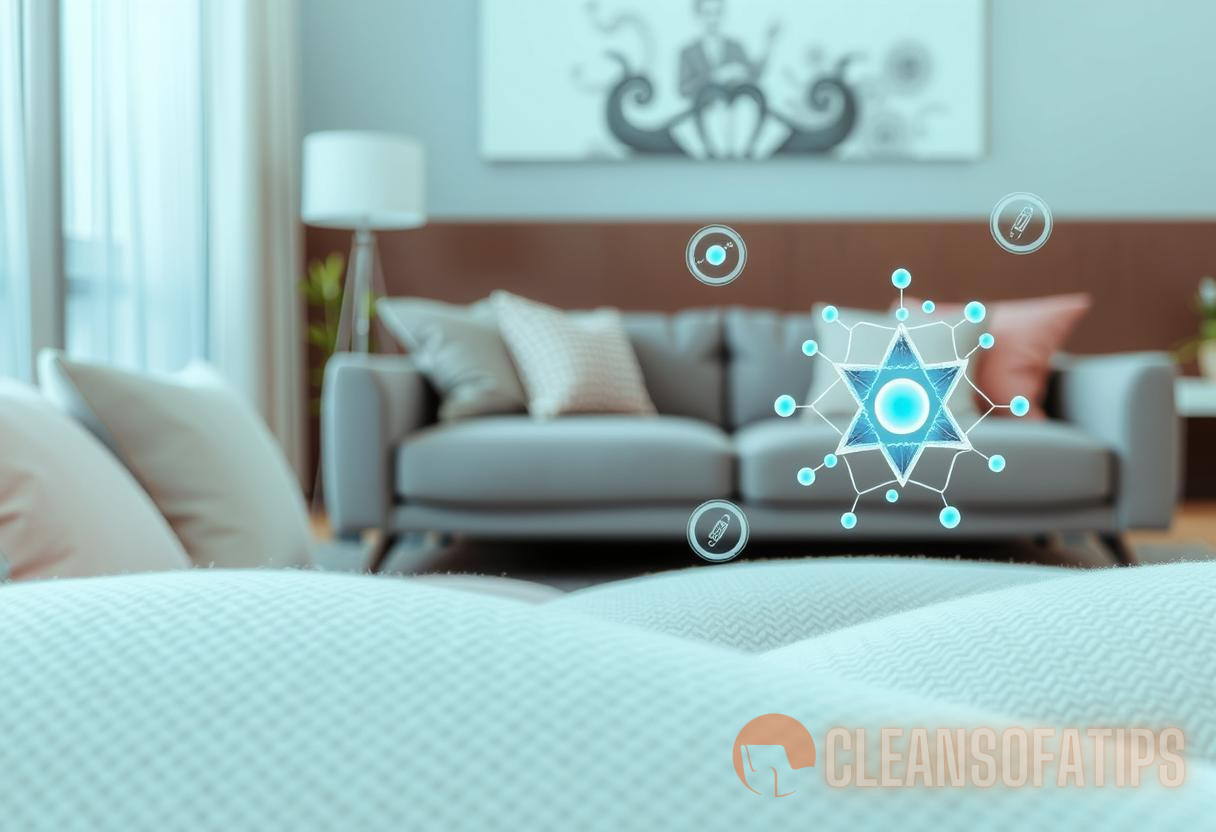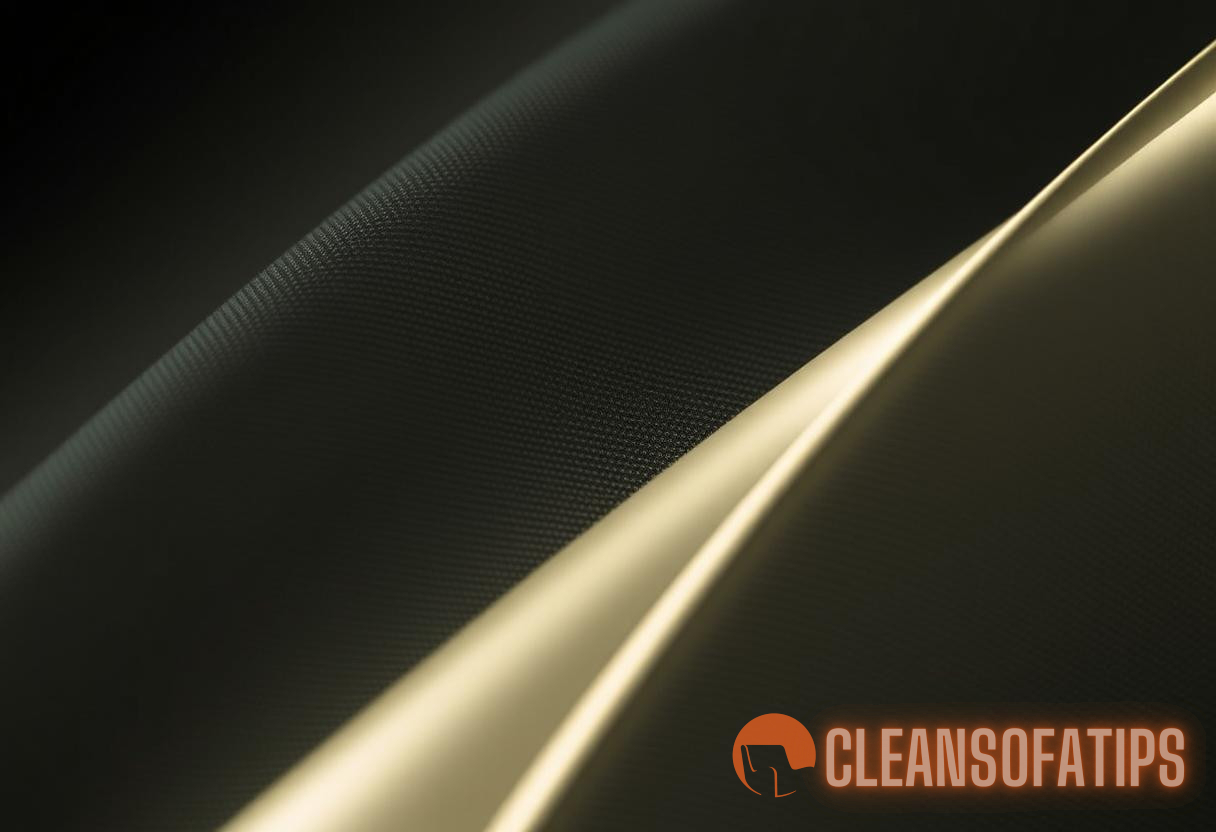The Hidden Heroes of Upholstery Maintenance: Exploring the Role of Nanotechnology in Enhancing Cleanliness and Longevity
When it comes to maintaining the aesthetic appeal and longevity of upholstery, the importance of nanotech upholstery care is often overlooked. While traditional cleaning methods rely on physical scrubbing and chemical solutions, the integration of nanotechnology is revolutionizing upholstery maintenance.
Understanding Nanotechnology
Nanotechnology refers to the manipulation of materials at the nanoscale—about 1 to 100 nanometers. At this scale, materials exhibit unique physical and chemical properties that differ from their larger-scale counterparts. This is particularly significant in upholstery maintenance, as nanoparticles can effectively interact with dirt, grime, and stains at a molecular level.
Key properties of nanomaterials include:
- Enhanced surface area: Nanoparticles possess a much larger surface area than their bulk counterparts, allowing for more effective interactions with contaminants.
- Greater reactivity: Nanoparticles can be engineered to enhance chemical reactions, making them more efficient in breaking down stains and dirt.
- Durability: Nanomaterials often improve the structural integrity of fabrics, thus increasing their lifespan.
The Role of Nanotechnology in Upholstery Care
Nanotechnology plays a critical role in enhancing upholstery care by addressing several key challenges:
1. Stain Resistance
One of the most prominent applications of nanotech upholstery care is the development of stain-resistant fabrics. Through a process known as fluorocarbon treatment, nanoparticles bond to fabric fibers, culminating in surfaces that repel moisture and stains.
For example, a common application is the use of hydrophobic nanoparticles, which create a barrier that prevents liquids from penetrating the fabric. This barrier effect is a result of the intrinsic properties of nanomaterials, making it significantly harder for stains to set in.
2. Improved Cleanability
Nanotechnology enhances the cleanability of upholstery by facilitating easier removal of contaminants. The inherent properties of nanoparticles allow them to break down dirt and oil, making it simpler to clean surfaces. This leads to:
- Reduced cleaning effort: This phenomenon reduces the need for aggressive scrubbing and harsh chemicals.
- Lower maintenance costs: Easier cleaning methods can translate into cost savings over time.
3. Enhanced Durability
Upholstery treated with nanotechnology exhibits greater durability against wear and tear. Nanomaterials can fortify fabrics, making them resistant to fading, tearing, and general degradation. For instance, coatings incorporating nanostructures can improve color fastness, ensuring that fabrics retain their vibrant appearance even after prolonged use.
Real-World Applications and Case Studies
The practical application of nanotechnology in upholstery care is demonstrated through various industries and products:
Textile Industry Innovations
Leading textile manufacturers have embraced nanotech upholstery care to create advanced fabrics intended for both residential and commercial use. Companies like Nano-Tex and Schoeller Textiles have developed water- and stain-repellent textiles that enhance upholstery performance without compromising comfort.
Hospitality and Automotive Sectors
Commercial environments, such as hotels and restaurants, benefit immensely from nanotechnology. For example, the hospitality industry has adopted nanocoatings to ensure that restaurant and hotel upholstery withstands spills and stains while maintaining a pristine appearance. Similarly, automakers use nanotech fabrics within vehicles to create interiors that resist staining, minimize wear, and enhance passenger comfort.

A notable case study is the Ford Motor Company, which utilized nanotechnology-infused upholstery in its luxury models to enhance aesthetic appeal and durability. The results showcased significant improvements in stain resistance and longevity.
Challenges and Considerations
While the benefits of nanotech upholstery care are compelling, there are challenges and considerations that must be acknowledged:
1. Environmental Impact
The production and disposal of nanomaterials raise environmental concerns. The potential toxicity of certain nanoparticles is a subject of ongoing research, necessitating further studies to understand their ecological implications.
2. Cost of Implementation
The initial investment in nanotechnology treatments can be higher compared to conventional upholstery care methods. However, the long-term savings in maintenance and replacement costs may offset this initial outlay.
3. Consumer Awareness
Consumer awareness of nanotech upholstery care remains comparatively low. Educating consumers about the advantages of nanotechnology will be crucial for widespread adoption.
Future Trends in Nanotechnology and Upholstery Care
Looking ahead, advancements in nanotechnology promise even greater improvements in upholstery care. Key trends to monitor include:
1. Smart Textiles
Research is ongoing into the development of smart textiles that respond to environmental stimuli. These fabrics could change properties in response to dirt, moisture, or even temperature.
2. Biodegradable Nanomaterials
As sustainability becomes increasingly important, researchers are exploring biodegradable nanomaterials to minimize environmental impact while maintaining performance.
3. Customization and Personalization
Consumers will demand more customized upholstery options, leading to innovations in nanotechnology that allow for tailored performance and aesthetic attributes.
Conclusion
The integration of nanotechnology in upholstery maintenance represents a significant step forward in the quest for cleanliness and durability. By harnessing the unique properties of nanoparticles, the upholstery industry is poised to deliver better-performing materials that stand the test of time. As ongoing research uncovers further applications and innovations, nanotech upholstery care will likely play an even more critical role in defining the future of upholstery maintenance.
Through its ability to enhance performance while promoting sustainability, !learn more about our upholstery services and discover how nanotech upholstery care can transform your space.
For those interested in exploring more about upholstery care technologies, please check our articles on the benefits of eco-friendly upholstery and how to choose the right upholstery materials.



